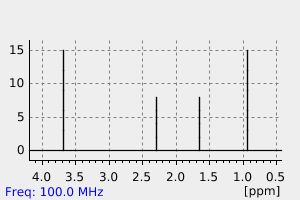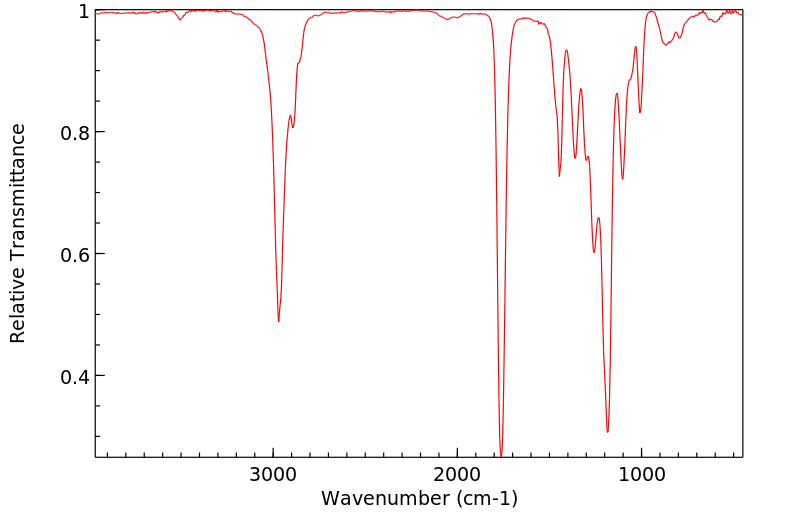代谢
描述了一种基于底物甲基[1-(14)C]丁酸酯的放射性化学分析法来检测羧酸酯酶。空白值对应于具有最高和最低活性的组织,分别为1.04μg(肝脏)-1.44mg(血浆),这构成了方法的灵敏度。比较了大鼠血浆、肝脏、肺、心脏、膈肌、大脑、肾脏和十二指肠对甲基丁酸酯和4-硝基苯基丁酸酯的水解作用。结果显示,这两种底物被两组不同的酶优先水解。选择性酯酶抑制剂的影响表明,这两组酶都可以被归类为羧酸酯酶,因为双-4-硝基苯基磷酸酯抑制了两种底物的水解,毒扁豆碱只有轻微效果,而EDTA不是抑制剂。例外的是十二指肠中的酶,它被这三种抑制剂都抑制了。苯巴比妥诱导和梭曼处理对两种底物的酶活性影响相似。对甲基丁酸酯的血浆活性存在性别差异,而对4-硝基苯基丁酸酯则没有,这表明优先水解4-硝基苯基丁酸酯的羧酸酯酶组可能对梭曼的解毒最为重要。
A radiochemical assay for carboxylesterase based on the substrate methyl[1-(14)C]butyrate is described. The blank value corresponds to 1.04 ug (liver)-1.44 mg (plasma) of tissues with the highest and lowest activity respectively, which constitute the sensitivity of the method. The hydrolysis of methyl butyrate and 4-nitrophenyl butyrate by plasma, liver, lung, heart, diaphragm, cerebrum, kidney and duodenum of rat have been compared. The results showed that the two substrates were hydrolysed preferentially by two different groups of the enzyme. The effect of selective esterase inhibitors showed that both groups can be characterized as carboxylesterase, because bis-4-nitrophenyl phosphate inhibits the hydrolysis of both substrates, physostigmine has only a slight effect and EDTA is no inhibitor. The exception is the enzyme in the duodenum which is inhibited by all three inhibitors. The effect of phenobarbital induction and soman treatment on enzyme activity towards the two substrates were similar. Sex difference in the plasma activity towards methyl butyrate, but not 4-nitrophenyl butyrate, indicates that the group of carboxylesterase preferentially hydrolyzing 4-nitrophenyl butyrate may be the most important for the detoxification of soman.
来源:Hazardous Substances Data Bank (HSDB)











